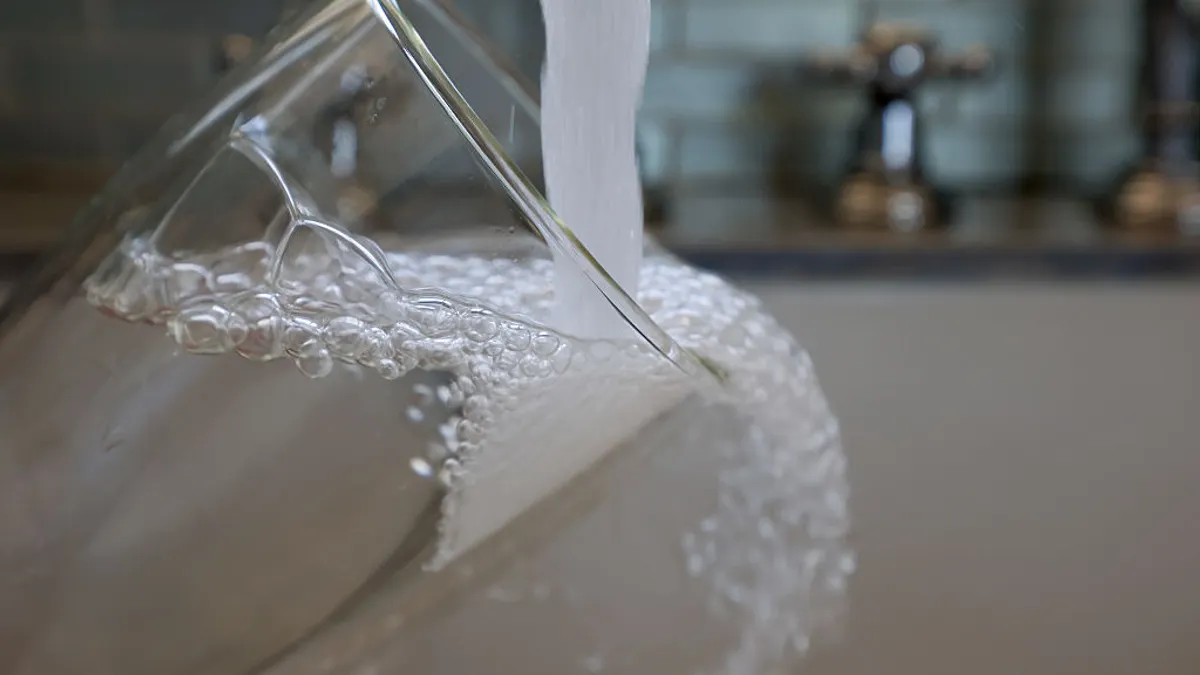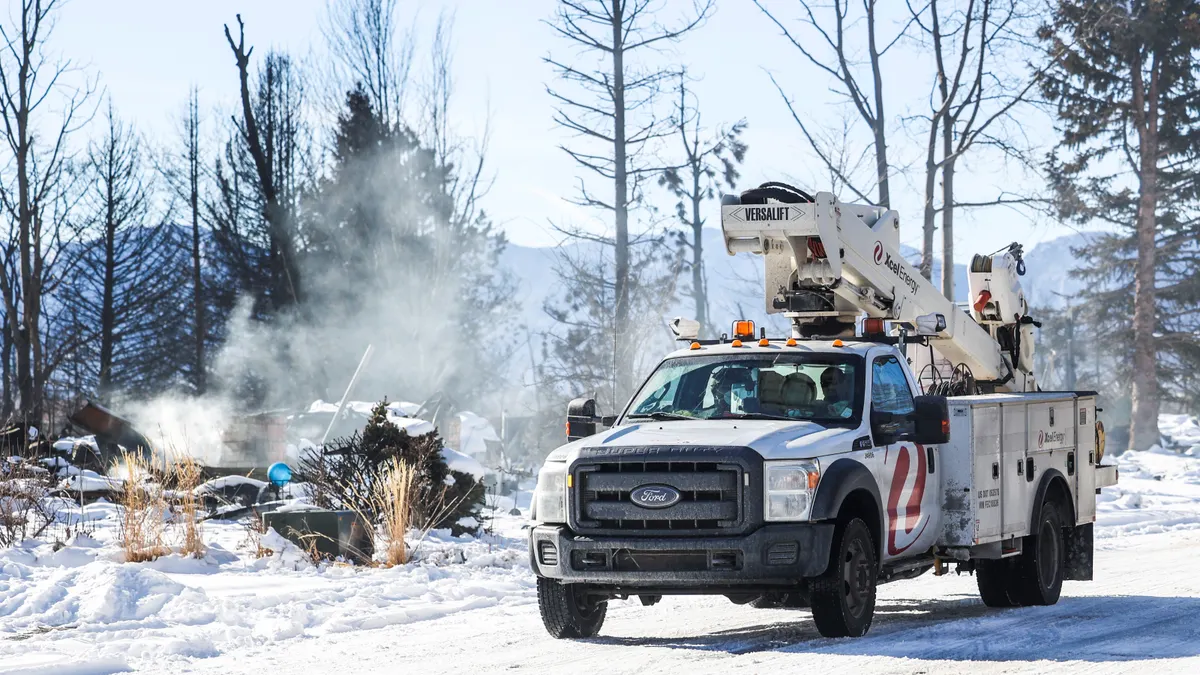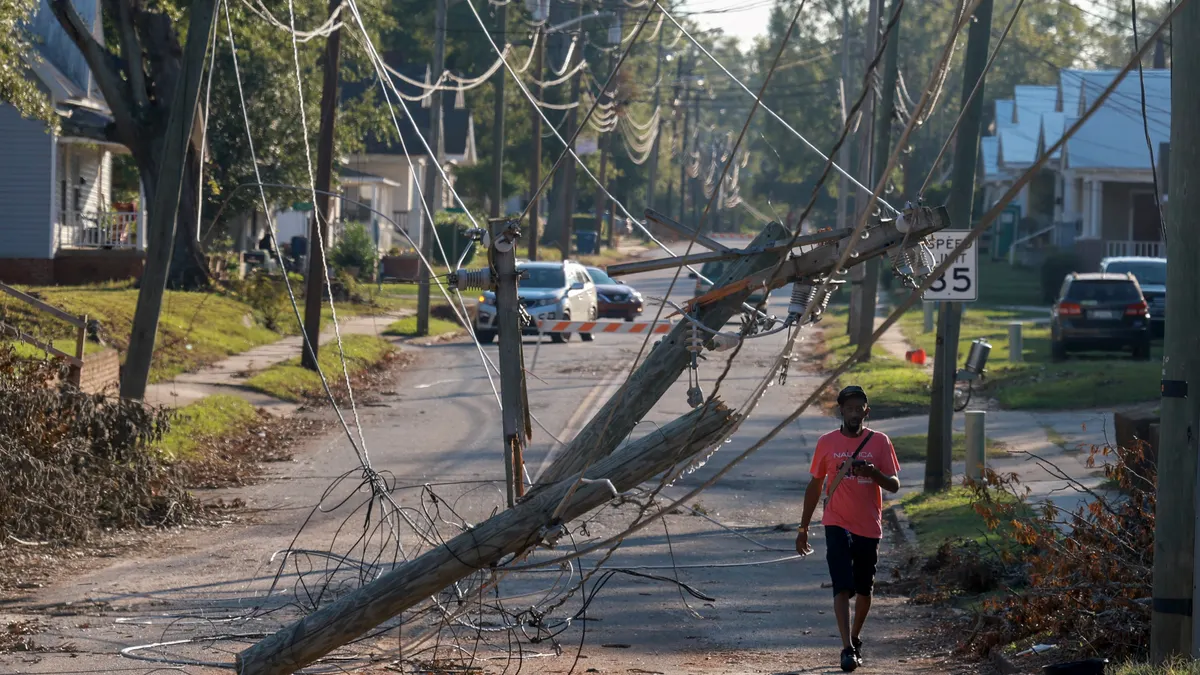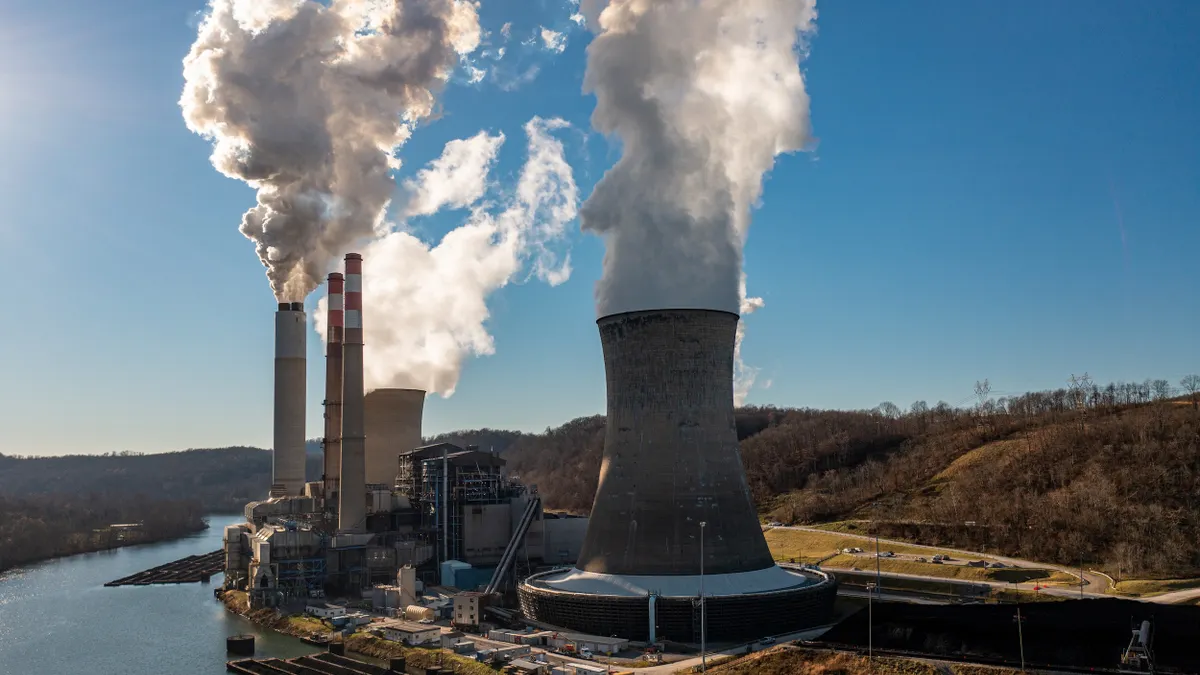The following is a viewpoint from Devin Hartman, electricity policy manager and senior fellow with the R Street Institute.
The grid reliability study issued last week by the U.S. Energy Department is likely to shape the Trump administration's regulatory agenda in significant ways, offering some portent of things to come from, among others, the Federal Energy Regulatory Commission (FERC), the Nuclear Regulatory Commission (NRC) and the Environmental Protection Agency (EPA). While it remains unclear how the report's fairly general recommendations will translate into specific regulations, and regulators may prove creative in how they respond to certain findings, the study appears to lay down a roadmap for market-enhancing priorities across the electric regulatory landscape.
Some have argued the report is irrelevant, that it breaks no new ground and that many of the policy changes are beyond the DOE’s authority. Indeed, most of the report is consistent with prevailing industry lessons from the past several years. But that's reasonable, given the accelerated study timeframe. While the DOE’s direct authority is very limited, the report’s potential to influence the external regulatory agenda is not. Past DOE reports have similarly emphasized priorities over detailed policy positions, yet still influenced regulatory agendas.
Industry veterans have long known that “independent” regulators respond to political cues, and FERC, NRC and other energy regulators are no exceptions. The EPA has an even more direct line to the administration. Early indications suggest the administration is serious about aggressively implementing the report’s recommendations, beginning with FERC.
The study's primary intent is to guide FERC’s agenda, even in areas where it’s a thematic continuation from prior FERC leadership. One such area is expediting energy price formation efforts. It references PJM’s concepts and MISO’s extended locational marginal pricing as examples. This indicates support for including commitment costs in marginal pricing, which has elicited very strong and mixed reviews from leading industry economists under FERC’s fast-start resource pricing rulemaking. This push by DOE may help break the impasse in this pending case.
The report’s emphasis on price formation could manifest in FERC’s agenda in numerous new sub-initiatives. The existing record before FERC supports at least 10 discrete areas for additional price formation reforms. These include fundamental reforms like shortage pricing that reflects the value of lost load to more nuanced microreforms, like improvements to physical constraint modeling.
A curious line in the report suggests “negative offers should be mitigated to the broadest extent possible.” This appears to have been motivated primarily by concerns about negative energy offers from renewable resources receiving the federal production tax credit (PTC). Although not mentioned in the report, the main tool used to mitigate low offers is a price floor, known as a minimum offer price rule, which commonly is used in capacity markets.
Implementing a minimum offer price rule in energy markets would be novel and challenging. It would address a valid concern—subsidies' artificial downward pressure on market prices—but expanding administrative pricing often is medicine harsher than the disease. This sort of rule would treat the symptoms, while the only efficient remedy to address the underlying cause is to reduce or eliminate the subsidy. Subsidies aside, there’s economically valid reasons for some resources to be willing to operate at a negative price in the short run. Plus, an intervention to counteract another intervention sets a troubling FERC precedent, especially in light of ongoing disputes with FERC’s response to mounting state interventions. Parties would use the precedent to expand the definition of a subsidy. Inevitably, renewable energy credits would enter the discussion.
Less controversially, the report suggests that FERC study and recommend valuation of essential reliability services by creating fuel- and technology-neutral markets and/or regulatory mechanisms. This may partially shift the current regulatory direction, which has sometimes strayed from market principles. For example, FERC issued a proposed rulemaking in 2016 that would require all new generators to have primary frequency response capability. Compared to a market mechanism, such a mandate would raise costs unnecessarily. If new FERC leadership heeds the DOE report, they should shift the focus to create a market product to procure primary frequency response. This would result in more efficient short-term procurement and provide efficient long-term investment signals.
The report is otherwise limited with respect to findings and recommendations for investment signals. It concludes that organized wholesale markets have achieved economic efficiencies in short-term operations, but that changing circumstances represent a greater challenge to them than to vertically integrated utilities. It would have been better if the report noted that organized markets also achieve greater efficiencies in long-term investments, because merchants make decisions based entirely on going-forward economics. In contrast, monopoly utilities hold on to assets to recover their book value through regulated rates. This keeps uneconomic plants in operation and unnecessarily raises costs to consumers. When economic fundamentals shift, markets facilitate greater resource turnover, yielding greater economic benefits. Yet this also can result in greater challenges when and where there are deficiencies in resource procurement processes.
Resiliency is the clear deficiency in the eyes of the report. This potentially sets the stage for a major push on resiliency at FERC and beyond. Under FERC’s purview, the paper suggests several steps for organized markets to address resiliency. It also explicitly proposes the North American Electric Reliability Corporation might consider incorporating resiliency into its mission statement and develop a resiliency program. To coordinate emergency preparedness responses, it would be necessary to engage a much broader array of actors, including state agencies and the Department of Homeland Security. Much of this work began late last decade, but the report’s emphasis on disaster-preparedness exercises may help to bolster those existing efforts.
The report may affect regulatory agendas beyond FERC, both directly and indirectly. It explicitly calls on the NRC to avoid adding unnecessary operating costs and uncertainty for nuclear plants. One possible area for reform is to permit more flexible plant operations, as the report frames the current regulatory regime as a mounting hindrance, given the pressure on inflexible generators posed by the rise of variable energy resources. The report also suggests revisiting safety rules under a risk-based approach. Perhaps this will translate into an effort to “right-size” regulatory treatment for lower-risk nuclear technologies, such as small modular reactors.
Similarly, the report calls for reducing regulatory burdens on hydropower licensing, especially for small projects that have lower environmental risk profiles. It recommends that FERC revisit licensing processes, but a greater set of agencies would have to buy into process improvement. A new R Street Institute report recommends several areas for FERC to address, but notes that most regulatory delays and uncertainties are outside FERC’s control. Expediting interagency review and improved dispute resolution should be the focus. This calls for engaging state water quality agencies, the Fish and Wildlife Service, Bureau of Reclamation and Army Corps of Engineers, in addition to industry stakeholders. Consistent with this framework, the DOE report may help initiate a FERC- or DOE-led dialogue to expedite licensing processes, reduce default regulatory burdens, encourage efficient settlements and expand pilot programs for low-impact hydropower projects.
The report explicitly encourages the EPA to allow coal plants to improve operations without triggering additional regulatory requirements. In particular, this flags problems with New Source Review (NSR) regulations, which can cause excessive cost burdens and sometimes, paradoxically, worsen environmental outcomes. Scholars have proposed reforms to revise the program, including for the EPA to adopt a probabilistic approach to model air quality, expand the pool of emissions reduction credits used as offsets for regulated facilities and facilitate NSR permitting commensurate with changes in national ambient air-quality standards.
Altogether, the DOE study lays down a roadmap to shift or accelerate many regulatory priorities from the prior administration. How effective it proves to be will depend on the extent of regulatory coordination and implementation within the Trump administration. As regulatory agendas solidify in the coming months, we’ll see how closely the president’s appointees adhere to the administration’s central thought piece on energy regulation.


















